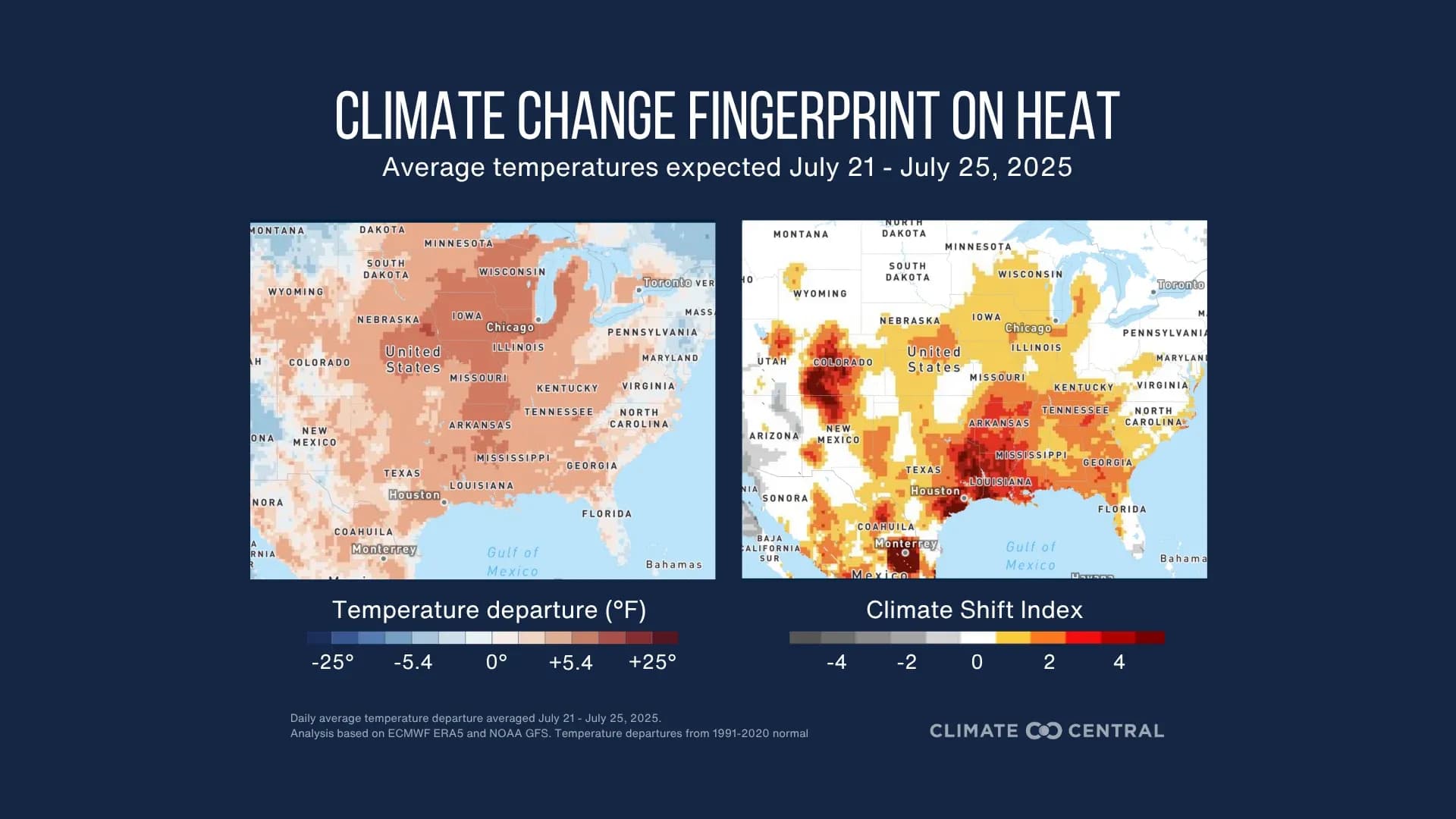The 50°C Frontier: Life, Resilience, and Crisis in Scorched Iraq
Iraq battles unprecedented 50°C heat. Discover how soaring temperatures compound the nation's severe drought, impacting life, health, and water security.
The Blazing Benchmark: A Nation Under Extreme Heat
finds itself at the forefront of a harrowing climate reality, consistently registering temperatures that push the very boundaries of human endurance. Recent reports from the (Hayaat Al-Anwaa Al-Jawiya) painted a stark picture, revealing that large swathes of the country have been engulfed by heat reaching an astonishing 50 degrees Celsius. This isn't an isolated incident; it’s a recurring summer nightmare. Cities across the nation, from the bustling capital and the holy city of to , , and , experienced highs of 47-48°C. Even more staggering, regions like and , crucial economic hubs, touched the 50°C mark, making them veritable ovens. The forecast for the coming days offers little respite, with clear skies and temperatures holding steady, a grim testament to the relentless heatwave. This isn't just a weather report; it's a declaration of an environmental emergency, forcing the nation to grapple with conditions that redefine what it means to live in extreme heat.
More Than Just a Number: Immediate Impacts on Daily Life
When the mercury climbs past 45°C, life as know it doesn't just slow down; it often grinds to a halt. The sheer intensity of the heat transforms everyday routines into perilous undertakings. Imagine stepping outside and feeling a blast furnace rather than a breeze – that's the reality for millions. The government's decision to declare official holidays on such scorching days, while a necessary measure for public safety, underscores the profound disruption. Schools close, outdoor work becomes impossible, and even simple errands turn into strategic missions to avoid heatstroke. The demand for electricity, already strained, skyrockets as families desperately seek refuge in air-conditioned spaces, leading to inevitable power outages that offer no escape from the oppressive warmth. For those without access to reliable cooling or clean water, the days are a constant struggle against dehydration and exhaustion, highlighting the immediate and visceral toll these extreme temperatures take on the health and well-being of resilient population.
When Heat Meets Thirst: Exacerbating Iraq's Drought Crisis
The relentless heat isn't just a standalone challenge; it's a terrifying accelerant to already dire water crisis. The has sounded alarm bells, declaring the current drought the worst the nation has endured since 1933. This isn't merely a dry spell; it's a systemic failure of water availability, driven by diminishing rainfall and drastically reduced water flows from upstream nations. Now, layer 50-degree temperatures on top of this. The intense heat dramatically increases evaporation rates from rivers, reservoirs, and agricultural lands, meaning whatever precious water remains vanishes even faster into the searing sky. This double-whammy creates a vicious cycle: less water means parched land, which heats up more quickly, leading to even more evaporation. The nation's vital water reserves are plummeting, threatening not just agricultural livelihoods but the fundamental right to water security for millions of citizens, painting a bleak picture for the future of a land historically defined by its two great rivers.
A Landscape Under Pressure: Environmental and Economic Strain
The combined assault of extreme heat and severe drought is fundamentally reshaping landscape and economy. Agriculture, once the backbone of many rural communities, is facing an existential threat. Crops wither in the fields, and livestock struggle to find water and sustenance, leading to widespread food insecurity and economic displacement. The drying up of wetlands and rivers, crucial ecosystems and sources of livelihood, is accelerating desertification, transforming once-fertile lands into barren expanses. This environmental degradation forces internal migration, as communities abandon their homes in search of water and opportunity elsewhere, further straining urban resources. Beyond agriculture, the immense energy demands for cooling in such extreme conditions put unprecedented pressure on an already fragile national grid, leading to blackouts that cripple businesses and compound human suffering. The economic repercussions ripple through every sector, from lost agricultural output to increased healthcare costs, underscoring how climate change isn't just a future threat but a present crisis unraveling the nation's stability.
Adapting to a New Normal: Strategies for Survival and Resilience
In the face of such overwhelming environmental pressures, are being forced to adapt, crafting strategies for survival and resilience in what is rapidly becoming a new, hotter normal. At the individual level, this means altering daily routines, seeking shade, and conserving every drop of water. But systemic change is paramount. The , in collaboration with international partners, must prioritize comprehensive water management strategies, investing in modern irrigation techniques, wastewater treatment, and potentially desalination where feasible. Diversifying the economy away from heavy reliance on climate-vulnerable sectors like rain-fed agriculture is crucial. Developing early warning systems for heatwaves and dust storms, alongside public health campaigns on heatstroke prevention, can save lives. Ultimately, building resilience will require significant investment in green infrastructure, renewable energy to reduce reliance on fossil fuels that exacerbate the problem, and regional cooperation on shared water resources. The path ahead is challenging, but understanding the intertwined nature of heat and drought is the first critical step toward forging a more sustainable future for a nation on the climate frontier.
Related Articles

Rewriting the Rhythms: When Extreme Heat Becomes the New Normal

Rewriting the Rhythms: When Extreme Heat Becomes the New Normal

Under a Fervent Sky: Tozeur's Unprecedented Heat and the Shifting Sands of Climate Reality

Under a Fervent Sky: Tozeur's Unprecedented Heat and the Shifting Sands of Climate Reality

America's Invisible Inferno: Confronting the Silent Summer Killer

America's Invisible Inferno: Confronting the Silent Summer Killer

Beyond the Thermometer: Unpacking Our New Era of Extreme Heat
